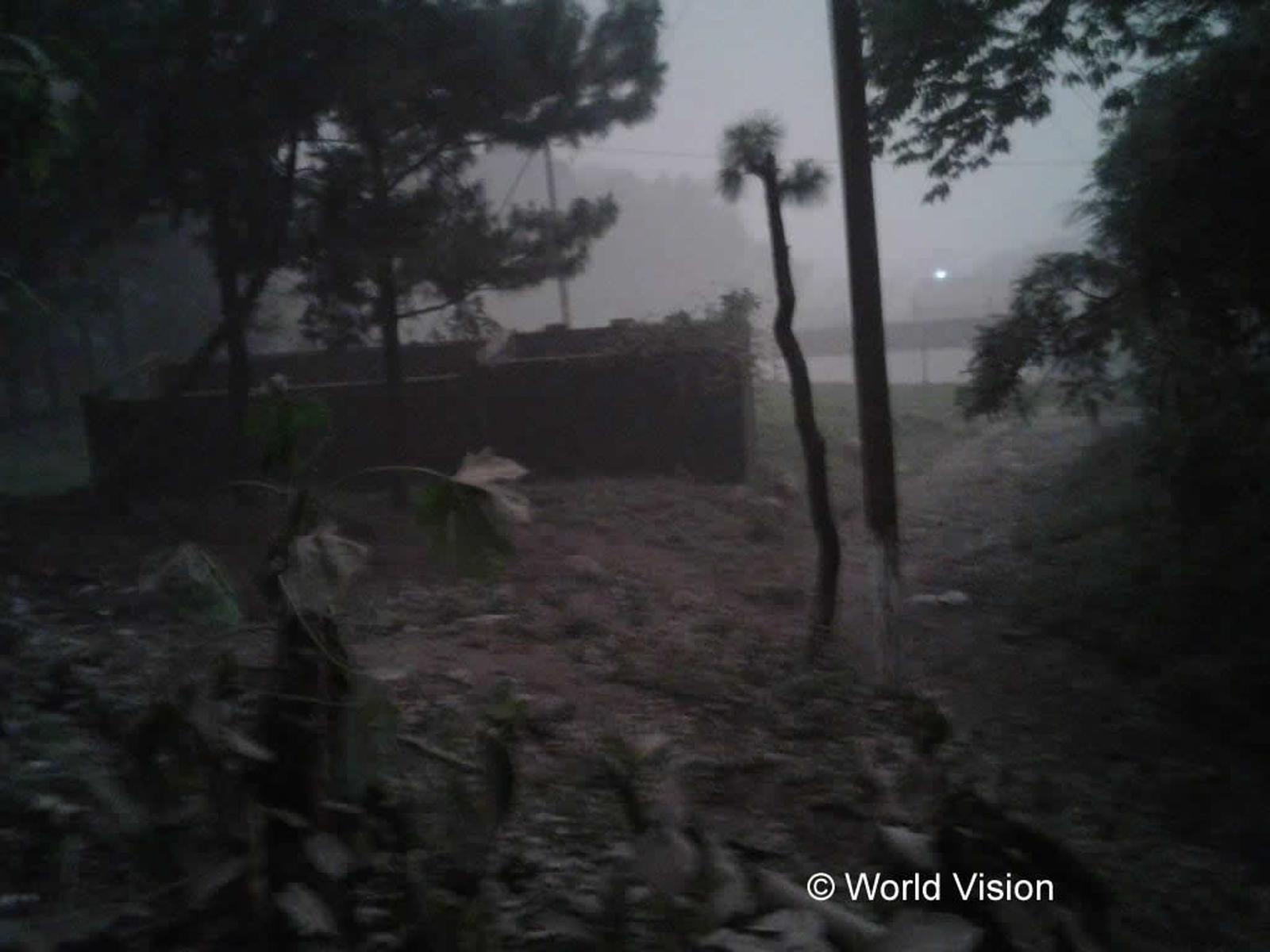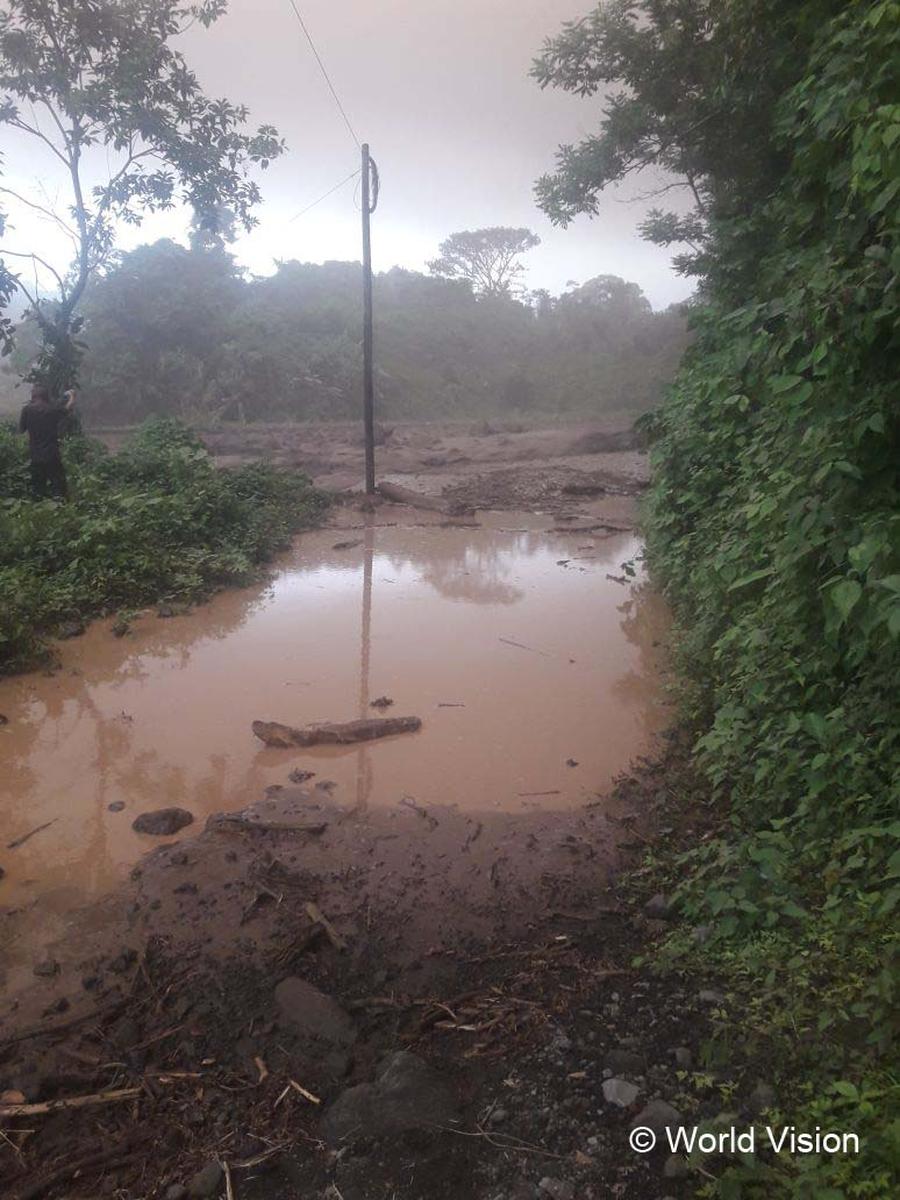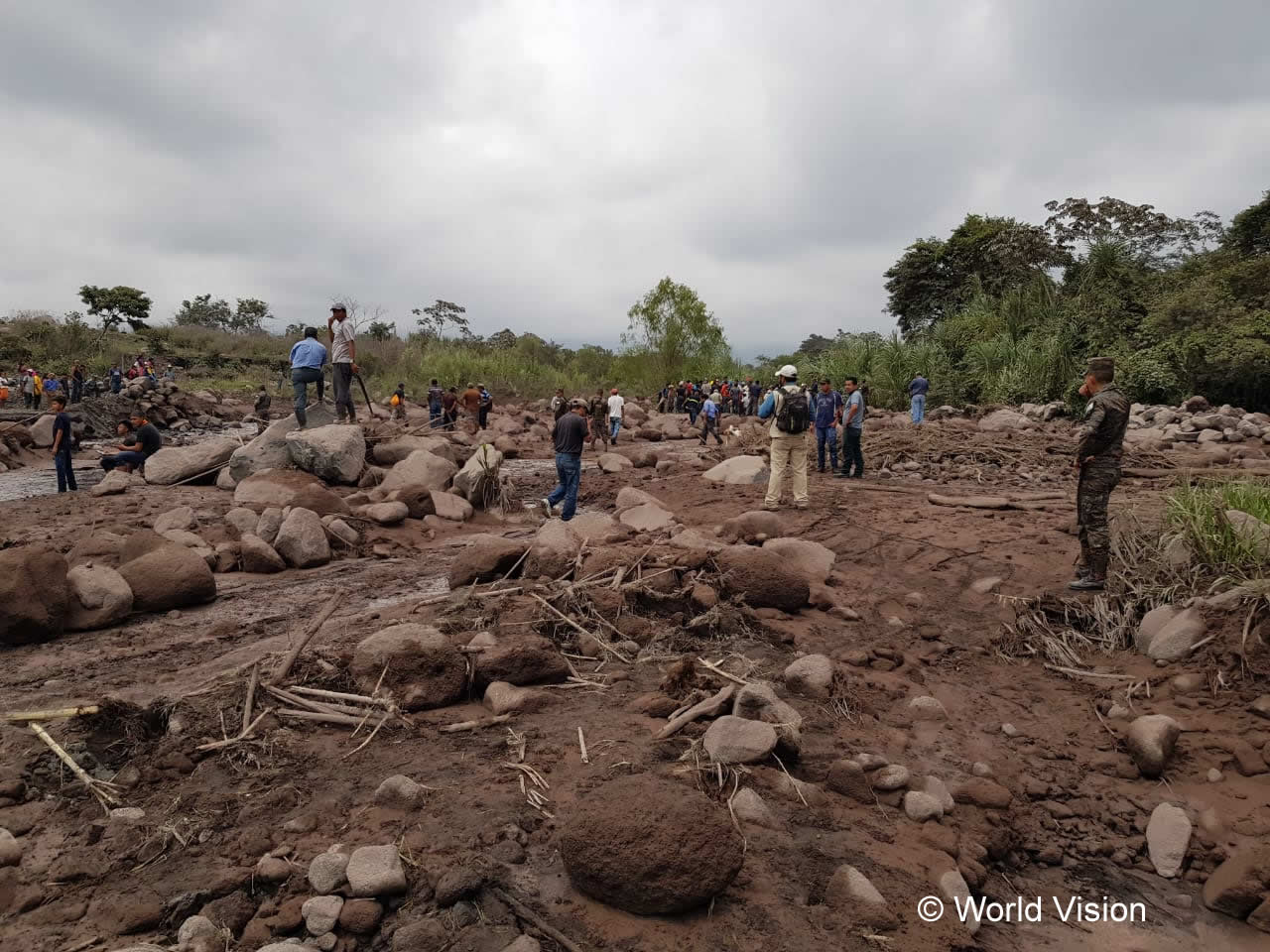From April 2019 to June 2020
We provide a comprehensive response to the water problem. Beyond the current infrastructure, we give communities an environmentally friendly and low-cost alternative by constructing rainwater collection tanks.
Objectives
- Increase the availability of water and adaptation to climate change in communities.
- Rehabilitate the affected water system and installation of two rainwater harvesting systems.
- Train the communities on hydrological and climate change issues.
Beneficiaries
8.336 direct
4,281 women and 3,926 children under 15.
3.445 indirect
1,711 women and 180 children under 15.
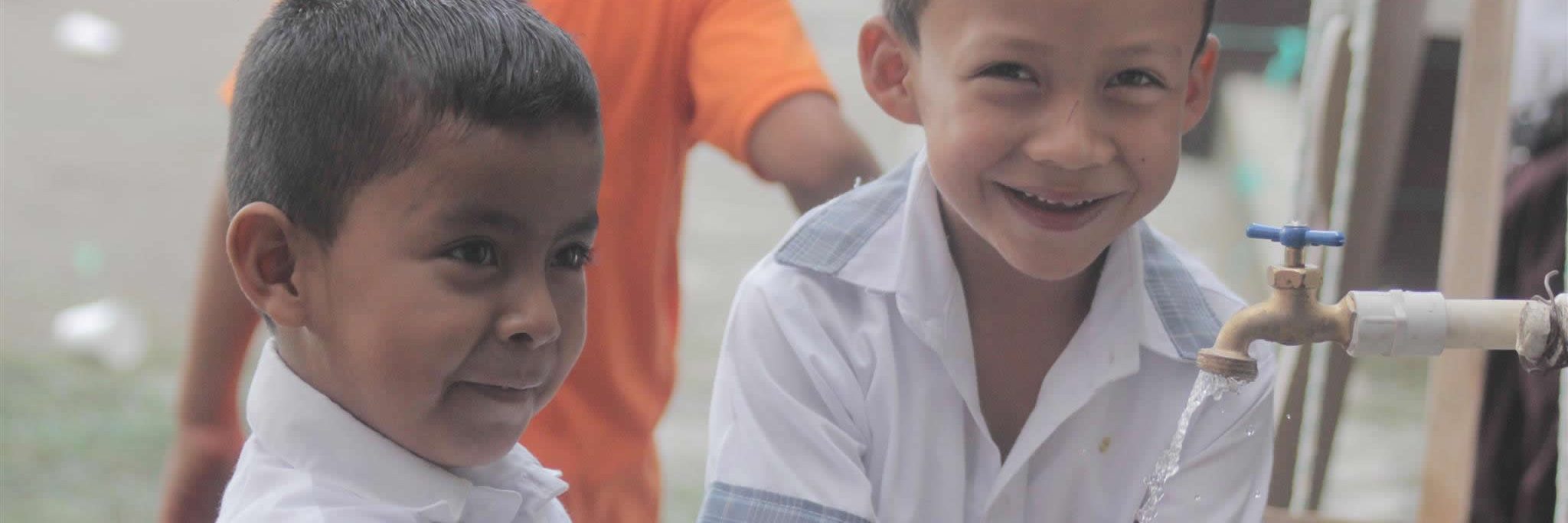
On the ground
The volcanic eruption destroyed many water supply facilities. Communities need practical solutions that protect the distribution systems and help ensure water availability, even in emerge.
After the emergency caused by the eruption of the Fuego volcano on the 3rd June 2018, the closest communities to the foothills of the volcano, especially the urban area of Siquinalá, in the department of Escuintla, and surrounding villages, have been affected by the destruction or partial damage of the water systems, resulting in considerable and prolonged shortages.
Siquinalá is located in an area of volcanic waste, which makes it highly vulnerable to lahars, sediment and water flows that originate on the foothills of volcanoes, causing destruction. The eruption was classified as the greatest of the Fuego volcano since 1974.
2,000 people were evacuated to temporal shelters. This situation causes families to lack access to this resource for long periods of time while having no alternative to guarantee a correct and regular supply. In this context, the Siquinalá communities require an effective solution that ensures the protection of the distribution systems and at the same time need the implementation of alternative water collection systems that help guarantee the availability of the resource, even in case of emergency.
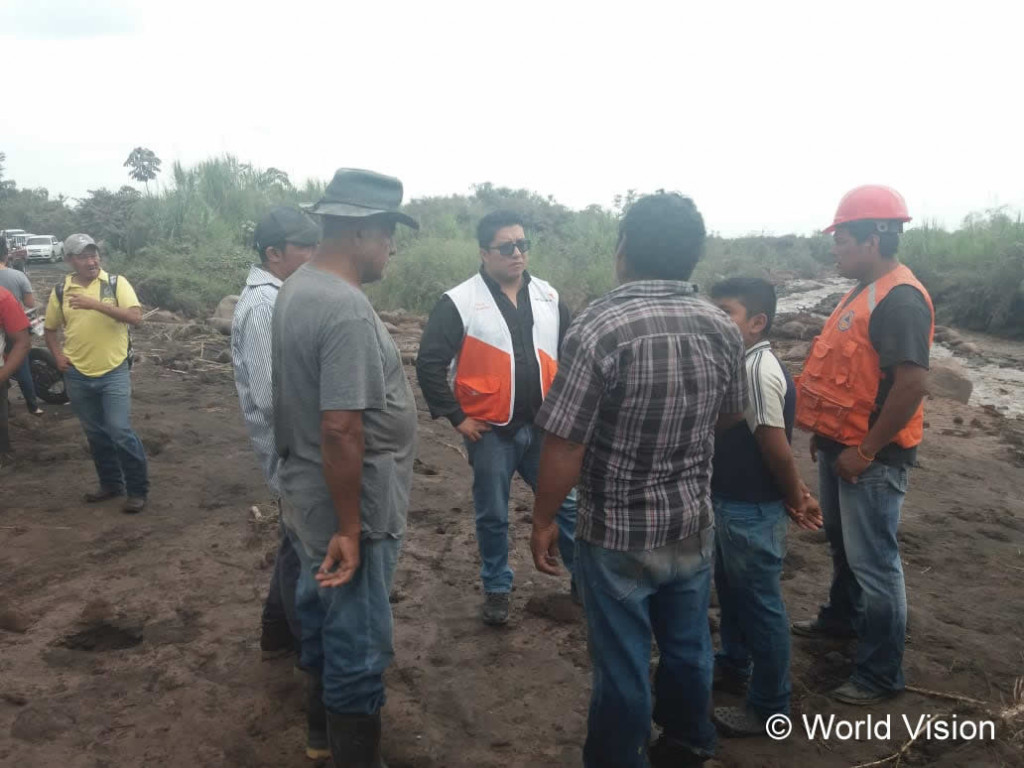
In detail
With the aim of solving the problem in an integral and sustainable way, an innovative rehabilitation process is laid out to respond to the conditions of the area, as well as the incorporation of environmentally friendly alternatives that improve the water availability levels.
The process is based on the construction of reinforced concrete support structures that will elevate the pipe to the necessary height to avoid the swelling of the river both in the rainy season and in the case of flooding in the lahars.
The installation of rainwater collection systems will be done in strategic points with the goal of making the most of the high levels of rainfall in the area during the winter season.
All these interventions will be reinforced with training in hydrological and climate change issues that improve the knowledge of the community, thus ensuring the correct and sustainable use of the resource and of the new infrastructure.
Moreover, with the intention of leaving installed capacity in the community, the project seeks to provide tools and basic inputs that allow immediate action, in case of an emergency, ensuring families a regular water supply.
Throughout the implementation of the project, the participation of the municipal authorities is important, as their good management will ensure that the construction of the systems is done on time and correctly. Moreover, the community will play an important role, supporting the construction processes, from the community organization, as well as actively participating in the training processes.




